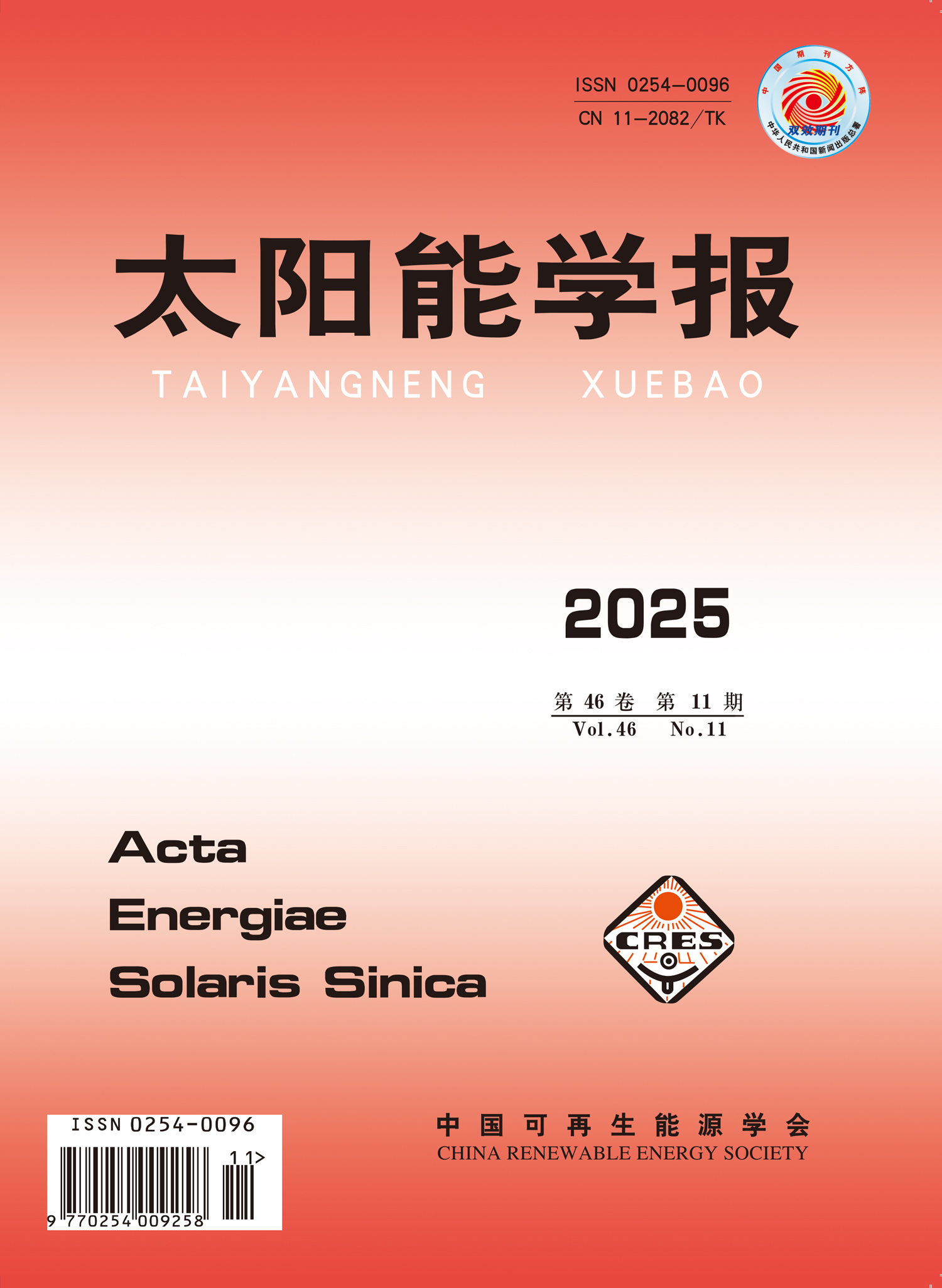Xing Wanli, Lin Chuang, Cao Jingxuan, Yang Tianhua, Zhang Wanli, Kai Xingping
In this paper, H2/CO2/N2 was employed as the feed gas mixture and ZSM-5 zeolite served as a support. Through the impregnation method, two varieties of catalysts, Ni/ZSM-5 and Ni-Mg/ZSM-5, were synthesized. By means of characterization techniques including BET, H2-TPR, H2-TPD, TEM, XRD, TG, in conjunction with the CO2 methanation experiments, the impacts of temperature (300-700 ℃), Ni loading (5%, 10%, 15%), and Mg promoter on the catalytic performance were investigated. The outcomes manifest that subsequent to the addition of the additive Mg into the Ni/ZSM-5 catalyst, the quantity of its surface active sites augmented remarkably, the particle size of Ni diminished conspicuously, the dispersibility was substantially ameliorated, the anti-coking property was fortified, the amount of carbon deposition was curtailed by around 0.354%, and the maximum CH4 yield was elevated by 6.7%. When the temperature was set at 650 ℃, the 15%Ni-Mg/ZSM-5 catalyst demonstrated the most outstanding methanation performance. Under such circumstances, its CO2 conversion, CH4 selectivity and CH4 yield were 79.2%, 75.5%, and 59.8%, respectively. Additionally, based on in situ infrared spectroscopy characterization and density functional theory calculations, formate was identified as an intermediate in the CO2 methanation pathway. The complete reaction pathway proceeds as follows:CO2+H2→CO2*+2H*→HCOO*→HCOOH*→H2COOH* →H2CO*→H2COH*→CH2*→CH3*→CH4*→CH4.
